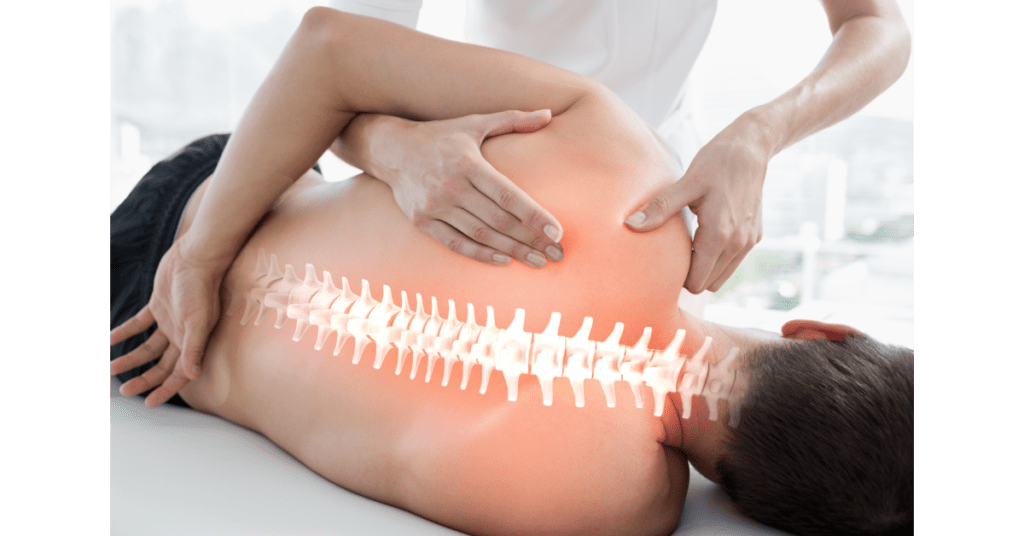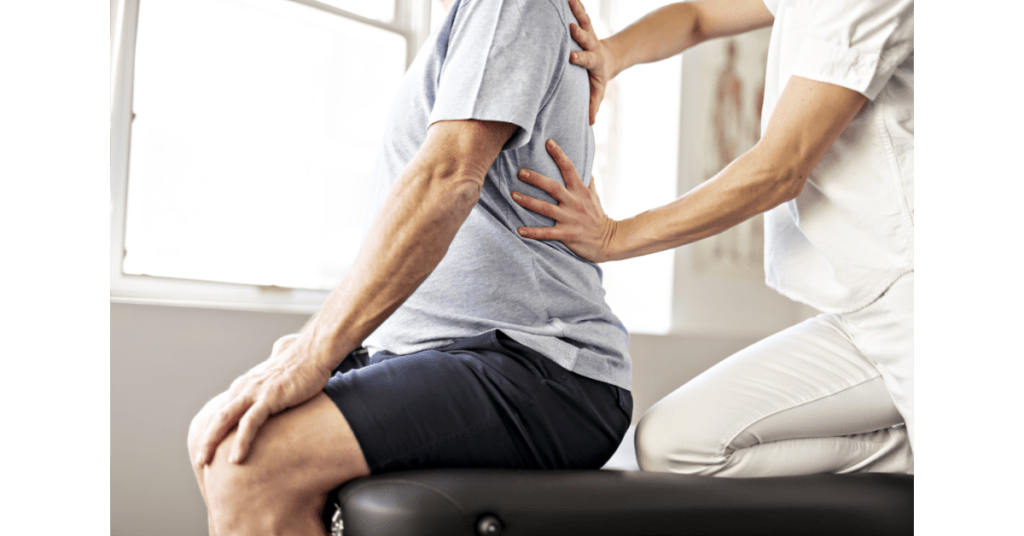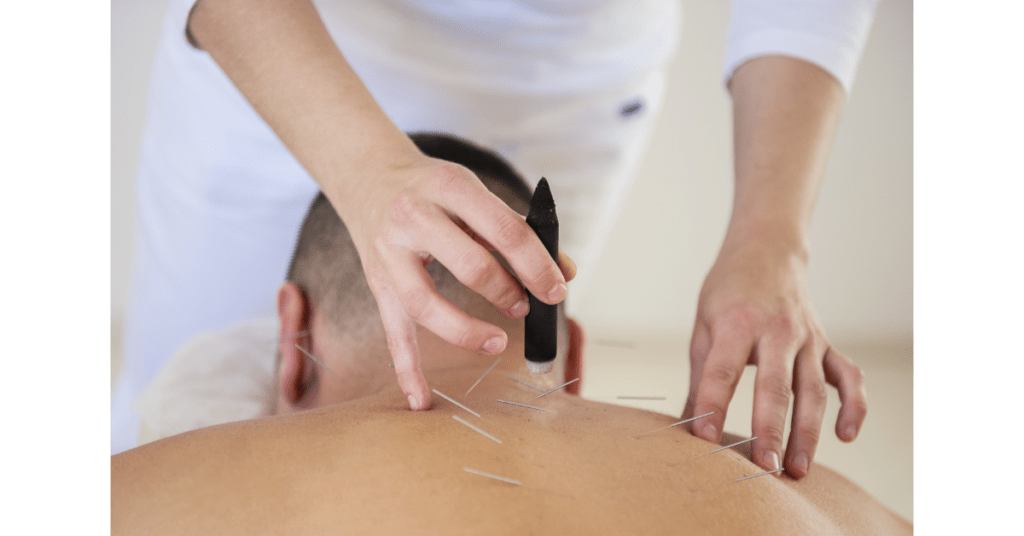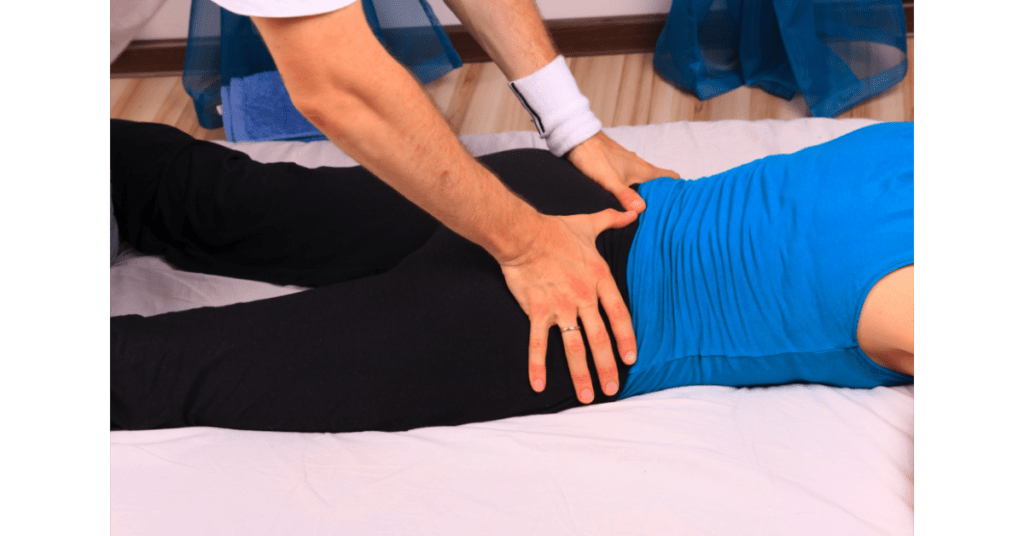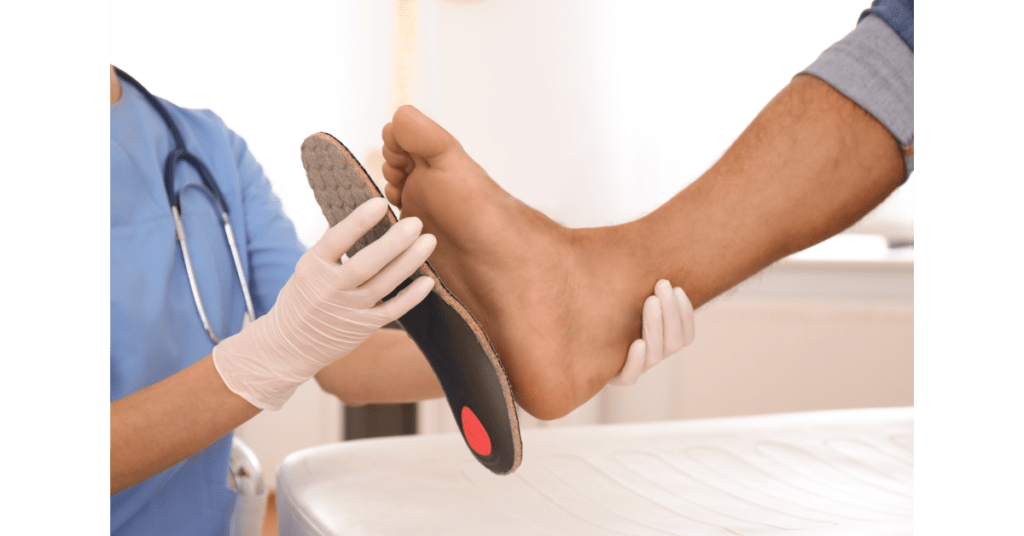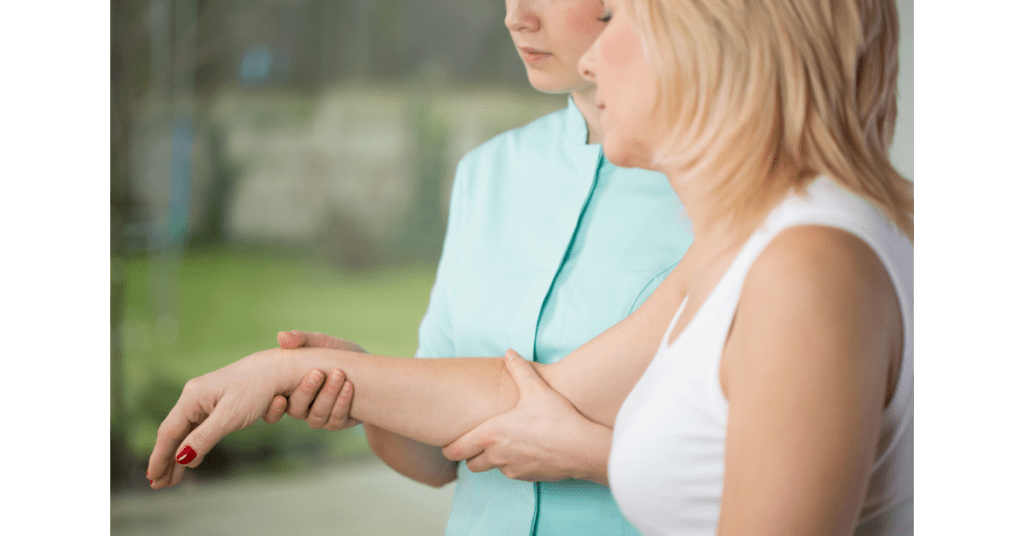What is Hip Osteoarthritis?
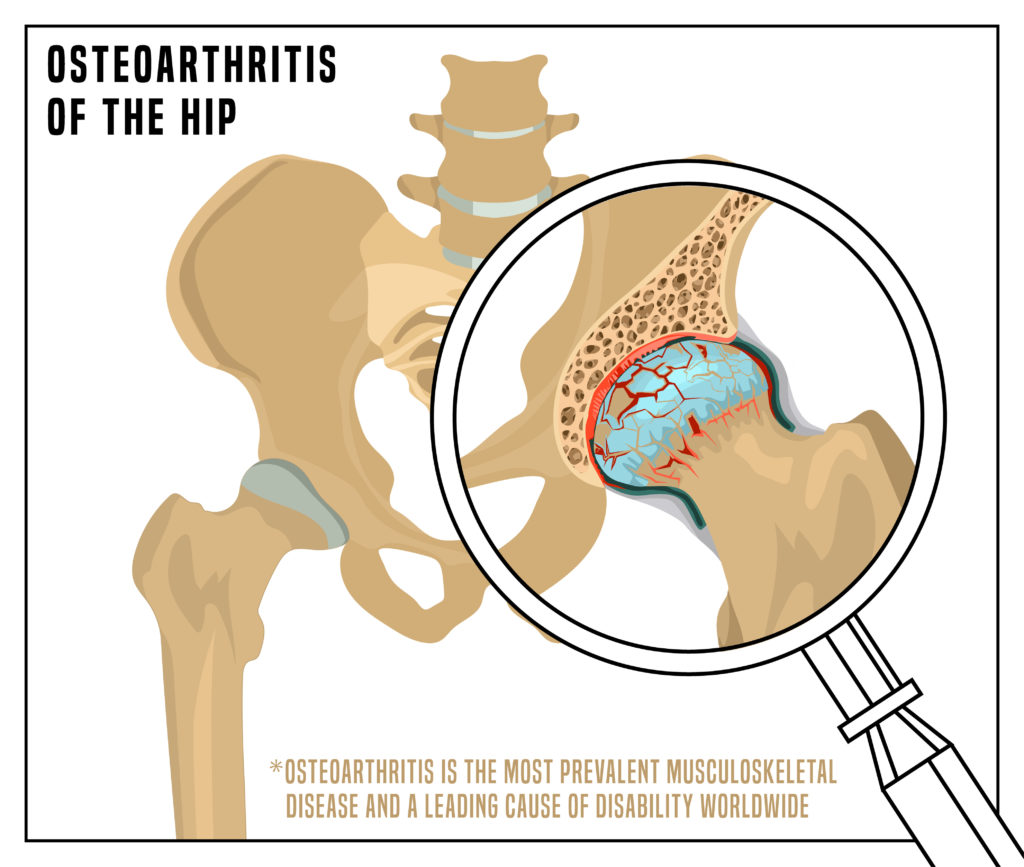
The hip joint consists of a ball and socket joint. It is made up of the femur, or thighbone, and the pelvis, or hip bone. The femur or the ball fits into the pelvic bone or the socket. Like the other bones in the body, the femur and the socket of the pelvic bone are covered with cartilage, a smooth, rubbery coating that acts like a cushion, and allows smooth and painless movements. Osteoarthritis of the hip takes place when the cartilage wears away, exposing the bones and leading to bone rubbing on bone. When the condition of hip osteoarthritis is severe, painful bone spurs can grow in place of cartilage. These bone spurs are called osteophytes.
What causes Hip Osteoarthritis?
Several factors can cause hip osteoarthritis. Increasing age, particularly those above 65, Gender (women are more prone), Family history of osteoarthritis, Being overweight, Genetic defects in the cartilage or hips, Metabolic diseases, Previous hip injuries and Sedentary lifestyle, and Diet low in Vitamins C,D and K, are all possible causes. Further, primary inflammatory arthritis such as rheumatoid arthritis and ankylosing spondylitis and Long-term repetitive strain on the hips, whether it is due to recreation or occupation, can also lead to hip osteoarthritis.
What are the signs and symptoms of Hip Osteoarthritis?
Pain around the hip joint is the most common sign of hip osteoarthritis. The precise spot of the pain varies and depends on where the cartilage has actually deteriorated. The pain is usually felt in the front of the hip, although it can occur in the groin or thigh. Stiffness in the hip, particularly in the morning or after periods of inactivity, tenderness or swelling in the hip joint, a clicking, crunching or snapping sound called crepitus, when the hip moves, a locking feeling in the joint, are all symptoms of hip osteoarthritis. Other symptoms include decreased range of movement and pain while carrying out routine activities, like stepping into or out of the car, tying a shoelace, or walking and feeling the pain while doing strenuous activity.
How is Hip Osteoarthritis treated?
Hip osteoarthritis is treated with medications, physiotherapy and surgery. Many drugs have side effects while surgery is a last resort. Medications include painkillers which are available over-the-counter, such as Ibuprofen and Acetaminophen. Non-steroidal anti-inflammatory drugs (NSAIDs), have serious side effects, while corticosteroid injections cannot be recommended for long periods of time. Surgery is considered a last resort and only when other less invasive treatments are not helpful. Physiotherapy is an important aspect of rehabilitation.
Physiotherapy for Hip Osteoarthritis
Physiotherapy is a non-surgical and drug-free treatment for hip osteoarthritis. It has been proven to reduce osteoarthritis pain. The main aim of physiotherapy is to reduce pain and prevent the progression of the condition. It helps in regaining strength, increasing joint function, and mobility, besides improving quality of life. Physiotherapy depends on individual requirements and includes a range of exercises, patient education, and cross-disciplinary therapies, to relieve pain. Exercises include stretching, strengthening, range of motion, stability and endurance exercises, functional retraining, and activity modification. Patient education helps one feel in control and includes relaxation and coping strategies. Therapies for hip osteoarthritis include Manual therapy, Heat and cold therapy, Interferential current therapy (IFC) or TENS therapy, Therapeutic ultrasound, Hydrotherapy, Massage therapy, Occupational therapy and Acupuncture. At our clinic we have notice by using Simply Align Technique which includes advance physical modalities such as shockwave, activity modification and specific exercises we have faster, longer lasting results with reduced healing time.
Are you looking for physiotherapy or a chiropractor? Book an assessment today at EAST (Scarborough) 3630 Lawrence Ave E, Scarborough, ON M1G 1P6 or 200 Marycroft Ave UNIT 6, Woodbridge, ON L4L 5X9, Canada.
Can Hip Osteoarthritis go away on Its own?
No. Hip osteoarthritis has no cure, but it can be controlled effectively with the correct treatment. People with hip osteoarthritis can make their daily life better by switching to lower impact activities, minimizing stress on the hip joint, and applying heat and cold therapy. For example, walking is preferable to jogging or running, and avoiding frequent climbing of stairs. Use of assistive devices, like a cane for walking, a long-handled tool to pick up things, instead of bending, and a raised toilet seat are useful.
Can Hip Osteoarthritis be prevented?
Yes. One can certainly take steps to reduce the chances of developing hip osteoarthritis. For example, regular exercises to strengthen muscles and stretching exercises like yoga or tai chi for 30 minutes every day, maintaining a healthy weight, following a non-inflammatory diet by avoiding refined and processed foods and sugar, and practicing correct posture are beneficial.

